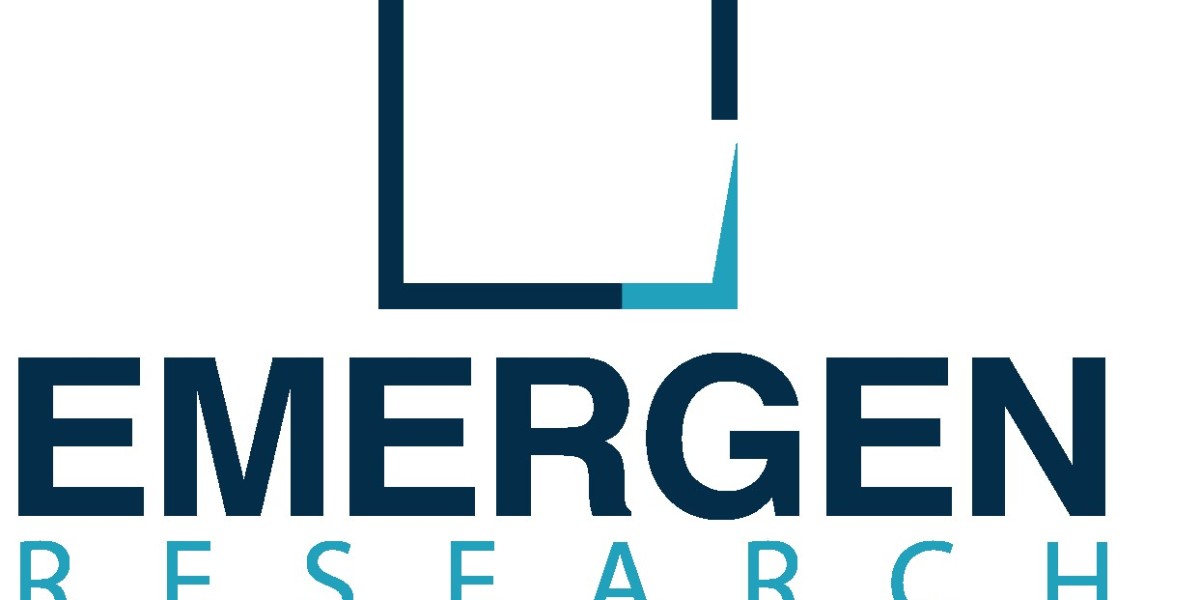In today's world,stock market investment strategies play a key role in achieving financial success for investors. Choosing between passive indexing and active management requires careful analysis and evaluation, given the unique characteristics of each approach.
Passive Indexing: Efficient Portfolio Management with Low Costs
When choosing passive indexing, an investor creates a portfolio that replicates the composition of a specific index, such as the SP 500. This method is characterised by minimal management fees and does not require constant market monitoring. However, despite its advantages, the limited opportunity for high returns is the main disadvantage of this strategy.
Active Management: The Benefits and Risks of Customisation
Active management sets the investor apart with in-depth analysis and continuous monitoring of market trends, allowing them to make decisions to buy and sell securities to maximise returns. While the right strategy can lead to outperformance of market indices, the cost of management and the risk of errors in implementing decisions require special attention.
Summary: Finding the best approach to investing
The choice between passive and active investing depends on each investor's goals and risk level. For capital preservation and risk minimisation, passive indexing is preferable. For those who seek to maximise returns and are willing to take risks, active management may be more attractive. Regardless of investment style, it is important to remember the need for portfolio diversification and constant monitoring to achieve optimal results.








